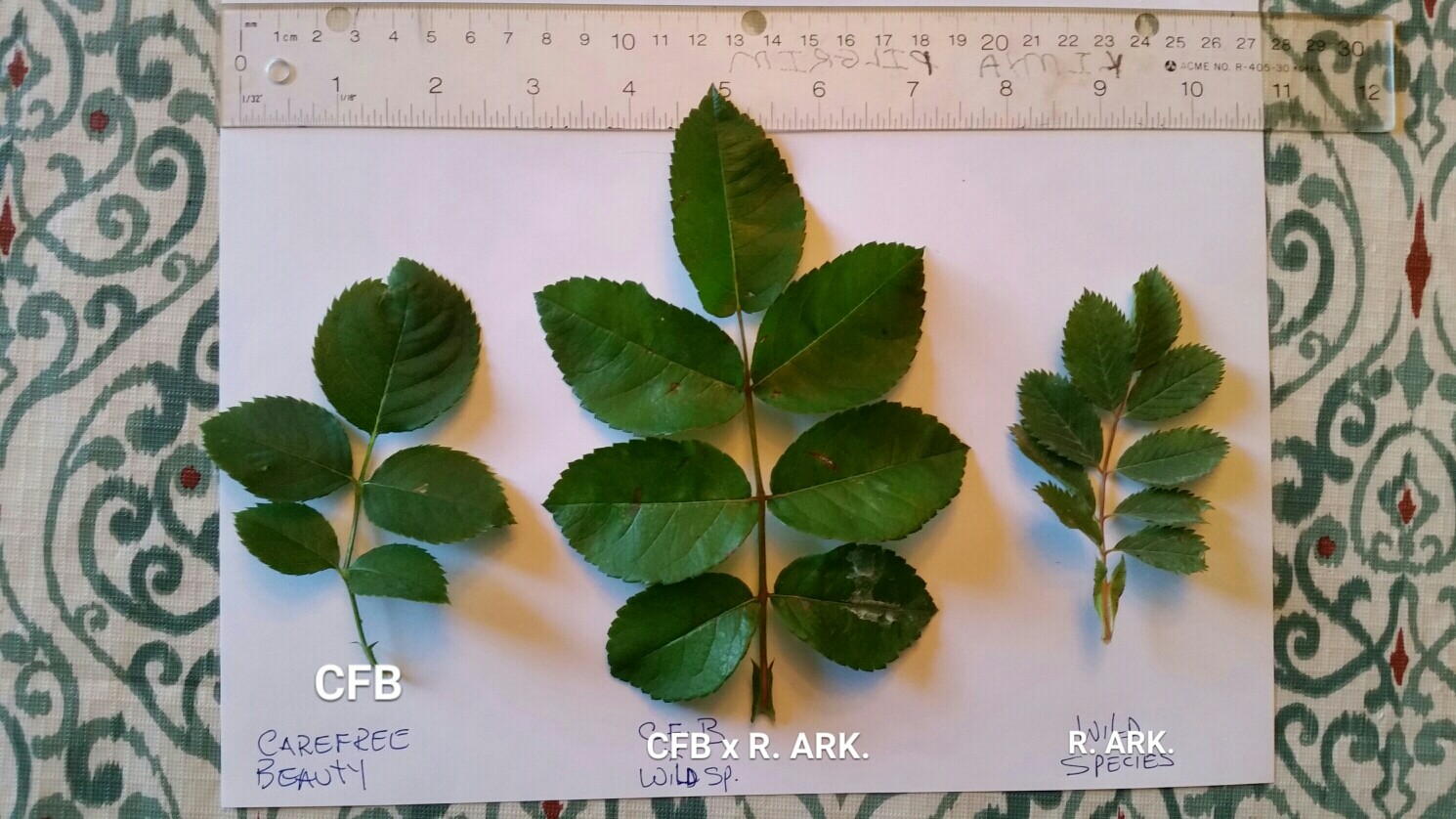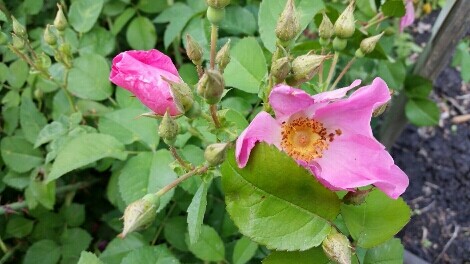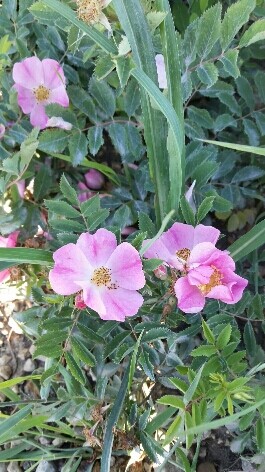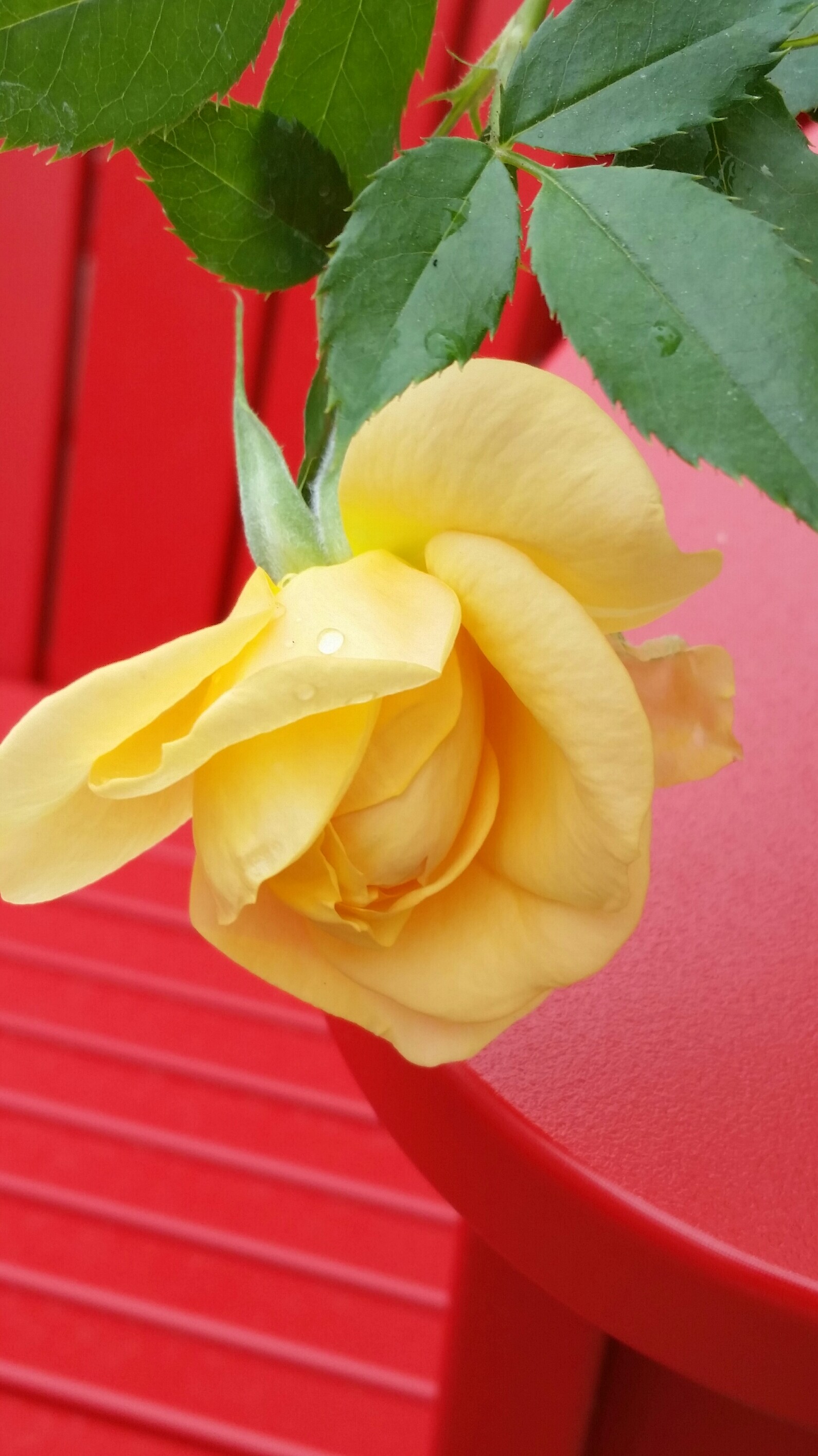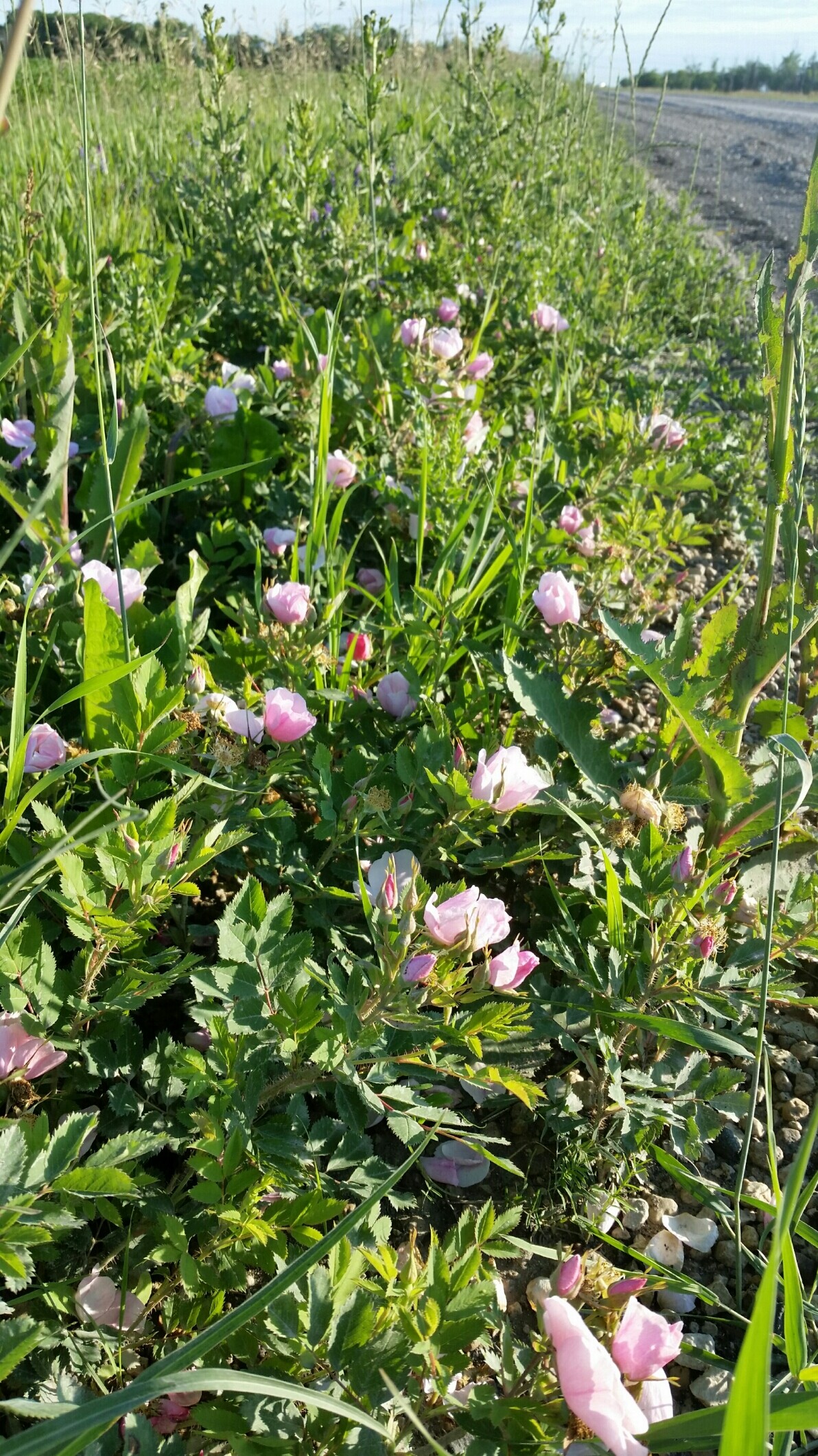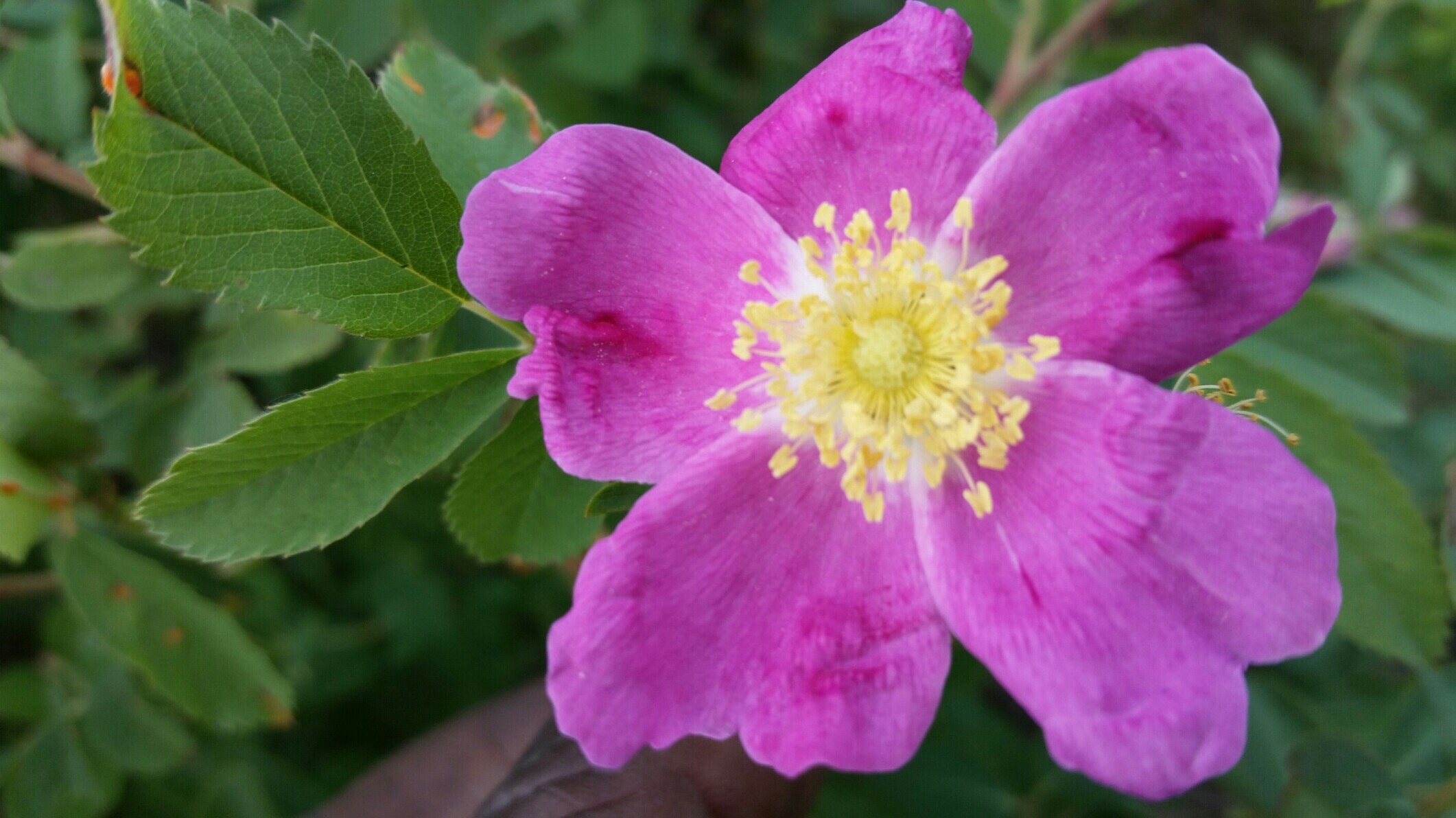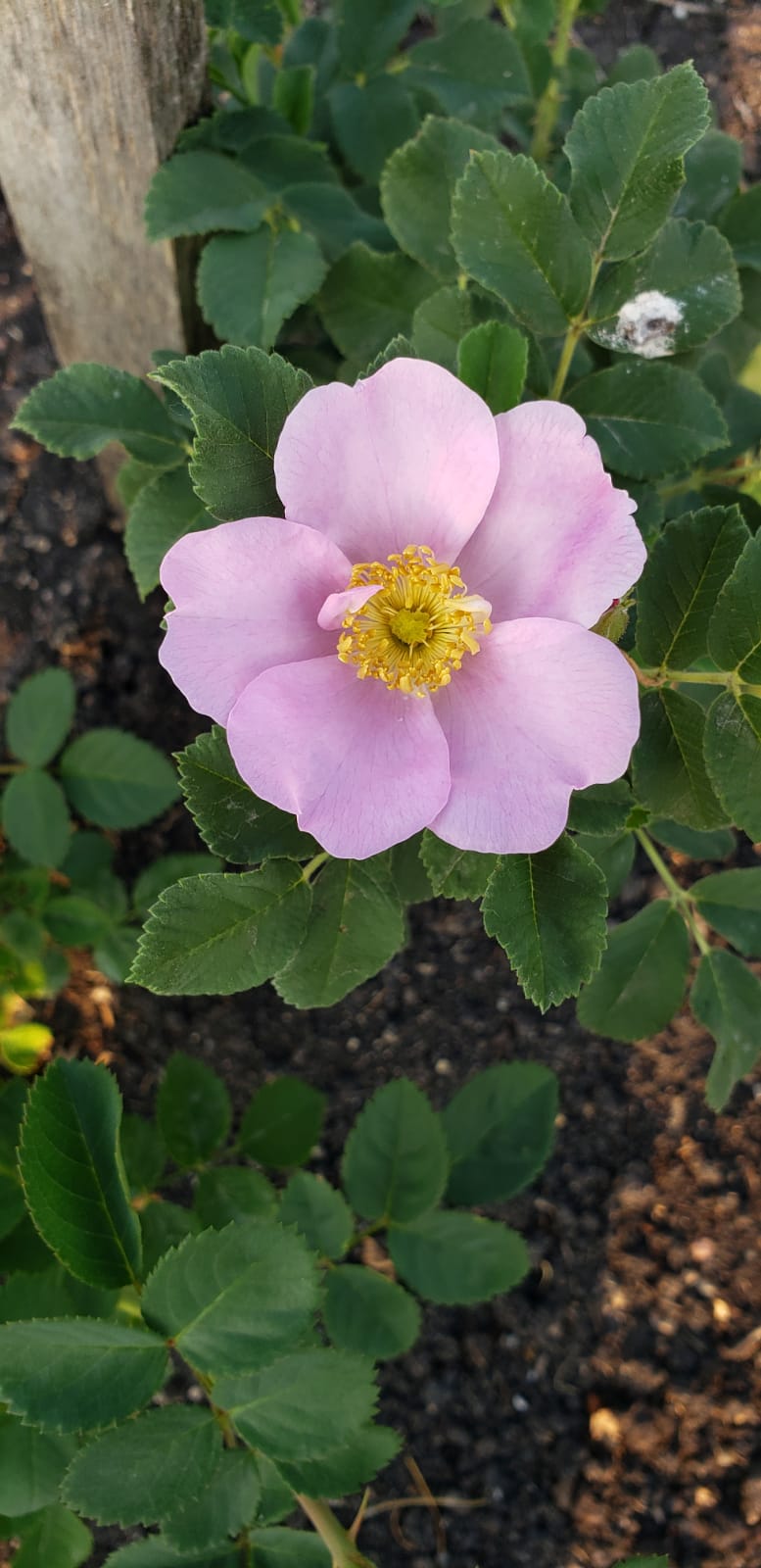This seems to be an appropriate place to add some notes on Rosa species, and the nature of species in general.
First, I have notes on E. H. “Chinese” Wilson’s book, A Naturalist in Western China, with vasculum, camera, and gun (1913) vol. 1. I copied all his mentions of roses in his journey, and some adjacent text to provide context. For instance,
18 The Flora of Ichang
Rose bushes abound everywhere, and in April perhaps afford the greatest show of any one kind of flower. Rosa laevigata and R. microcarpa are more common in fully exposed places. Rosa multiflora, R. moschata, and R. Banksiae are particularly abundant on the cliffs and crags of the glens and gorges, though by no means confined thereto.
Wilson: Roses in Western China (1913)
Hiesey (Cohesion of Traits,1965) worked with Achillea, Potentilla and Mimulus crosses and hybrids, raising the offspring in different environments.
- The inheritance of characters distinguishing ecological races is mostly governed by multiple genes. Simple Mendelian segregation being rare;
- Systems of genetic coherence characterize ecologic races; when two races from different environments are crossed, > the F2 tends to segregate with a higher frequency of parental types than would be predicted on the basis of free random recombination.
- Such coherence systems do not preclude the production of striking recombinations which provide rich potentials of genetic variation for further natural selection; genetic coherence is probably the basis for the differentiation of ecologic races, subspecies and species in higher plants.
Hiesey: Cohesion of Traits (1965)
It is particularly interesting to see his diagrams of correlated traits: nine for Achillea and thirteen for Mimulus. Both show that some traits are strongly correlated (inherited together) in the progeny, others are less strongly correlated, and the remainder are only weakly or not at all correlated.
At this point I should note that Hurst (1925) found sets of 50 correlated traits in Rosa species, and recognized the ecological differences among the five groups that he discovered.
http://bulbnrose.x10.mx/Roses/Hurst/Hurst2/HURST2.HTM
The Louisiana Irises have offered lessons on the relationships among species of somewhat different ecological adaptations. One of the early researches identified around 80 species. Subsequent research has shown that many of these were derived from “hybrid swarms” that can occur when the environment has been “hybridized”. E.g., canals dug to connect bayous provide micro-habitats where F2 and later progeny can grow. In undisturbed areas, hybrids are rare, and backcrosses tend to resemble the locally adapted species.
Anderson: Hybridization of the Habitat (1948)
http://bulbnrose.x10.mx/Heredity/Anderson/AndersonHabHyb1948/AndersonHabHyb1948.html
Ehrendorfer reported similar observations in the genus Galium:
“In this group crossing barriers between the very distinct Galium graecum and G. canum remain practically intact on some Aegean Islands, e.g., Rhodes, where strong competition tolerates only a small amount of hybrid introgression in spite of extensive sympatric occurrence. On the Anatolian mainland, however, crossing barriers between G. graecum and G. canum have broken down under less rigorous competition and more possibilities for ecological and geographical expansion.”
Ehrendorfer: Differentiation-hybridization cycles and polyploidy in Achillea (1959)
http://bulbnrose.x10.mx/Heredity/EhrendorferAchillea1959.html
In some cases, separation of species appears to have “evolved” where the ranges of the species overlap, and the hybrids have little opportunity for survival. But specimens of the same species, collected far from the overlap, may cross freely.
Sinskaya: Wide Hybridization in Alfalfa etc (1960)
If species which natural migration has brought from afar enter conditions which are very different from those of their earlier areas of distribution, the tendency of two species to mutual incompatibility may weaken, and then one can observe a mass production of natural interspecific hybrids between species of different chromosome levels in certain localities; under such conditions, not triploids, but fertile tetraploids are formed (we have studied an occurrence of this kind in Daghestan).
http://bulbnrose.x10.mx/Heredity/Sinskaya_alfalfa.html\
The “evolution” of such isolation was observed when two strains of maize were grown together, and all the crossed seeds were eliminated. In this case, however, only one of the parent strains came to favor its own pollen over the other type.
Paterniani: Selection for Reproductive Isolation, Maize (1969.
http://bulbnrose.x10.mx/Heredity/PaternianiMaize1969.html
Among other things, it is clear that two species may crossbreed, exchange many genes, then to on in their original form with little apparent alteration. This seems to be especially the case where the parents differ in their ecological adaptions.
In other cases, a disturbed habitat (whether caused by humans, or by flood, landslide, or other natural event) can be host to a hybrid swarm. And as with the Louisiana Irises, even the genus Rosa can be overloaded with “species” that turn up in such a swarm. For instance, Rosa Beggeriana and the closely allied R. lacerans Boiss. et Buhse, R. cabulica Boiss.; and R. anserinaefolia Boiss.
I had the good fortune to see a hybrid swarm derived from some old and accidental hybrids of the common radish and the jointed charlock. The original crossings apparently occurred in the 19th century, but in a suitably “hybridized” habit (near a drainage “creek” in Belmont, CA) the derivatives are not yet ready to settle down like proper species. I would not care to name every variation I saw, let alone pretend that any of them are proper species. And not one of them should be regarded as a “synonym” for one of the ancestral species.
http://bulbnrose.x10.mx/Heredity/WildRadish/WildRadish.html
One way to deal with hybrid swarms, is to make scatter diagrams of the various traits, as Anderson (1949) described as the Method of Extrapolated Correlates. (It’s not as scary as it sounds)
http://bulbnrose.x10.mx/Heredity/Anderson/Anderson_Introgressive/Anderson1949_6/Anderson1949_6.html
This is a far saner, and less debatable, approach than the usual method of each taxonomist picking his/her favorite handful of traits to delineate species in the hybrid swarm. Then the next authority shows up with a different handful, and the original species eventually end up as “varieties” of some isolated F5 generation hybrid.
I have more links here:
http://bulbnrose.x10.mx/Roses/Hurst/SeptetBiblio.HTM
